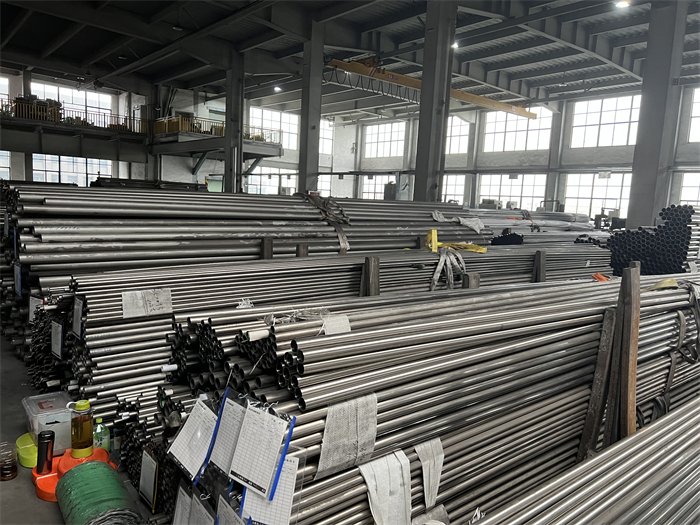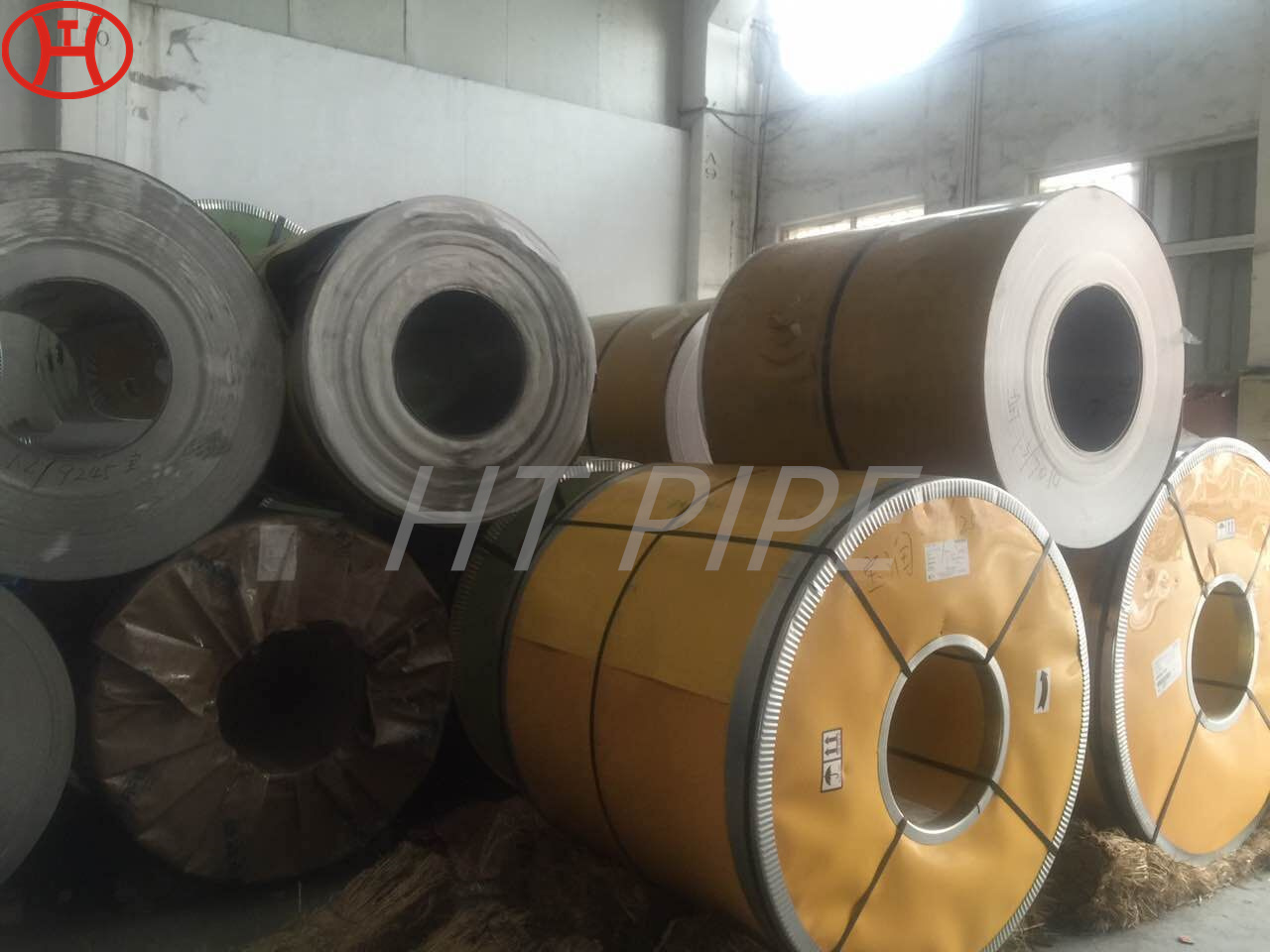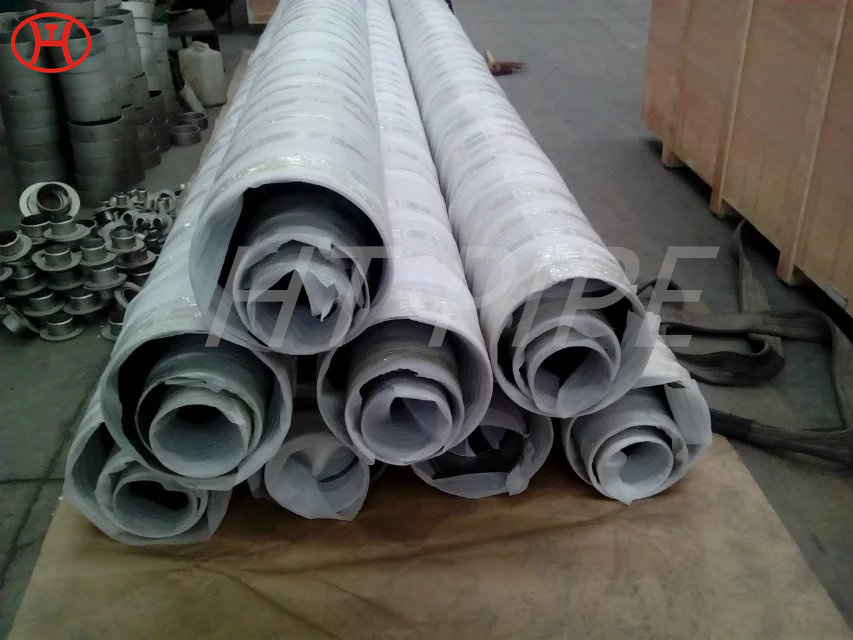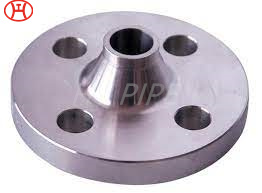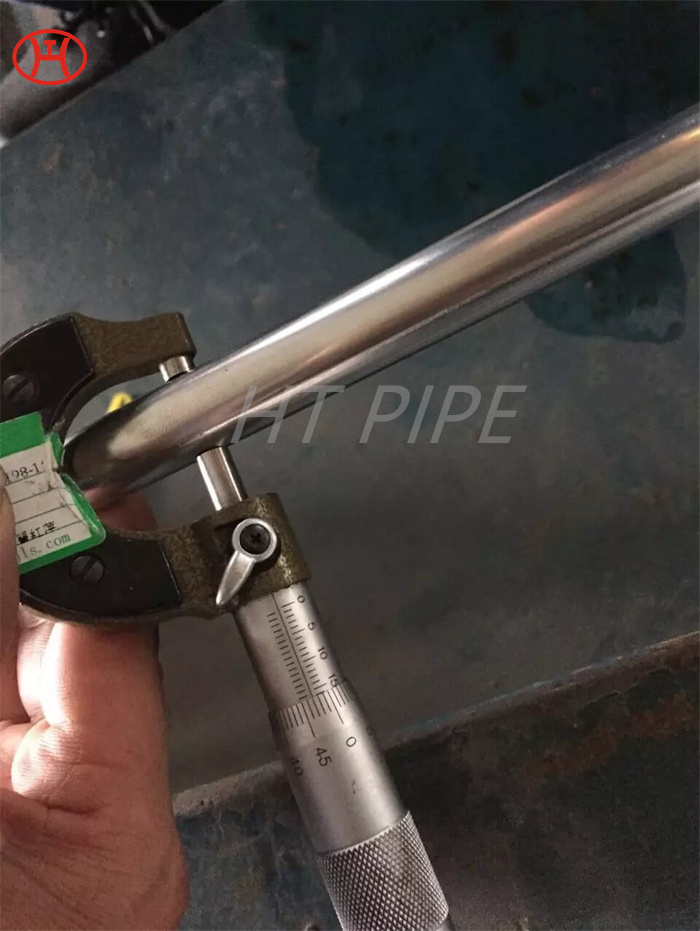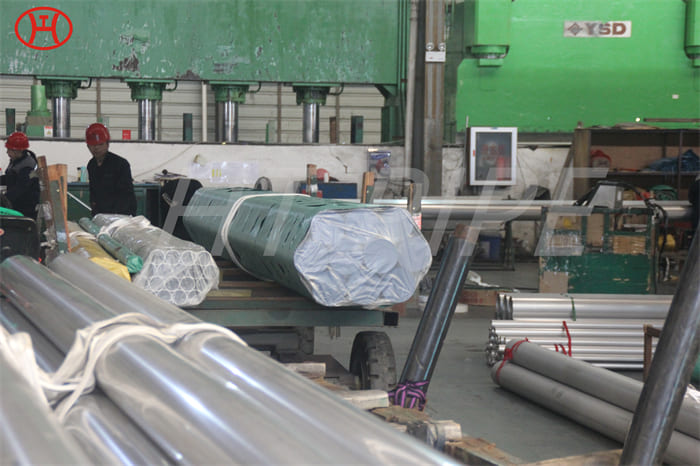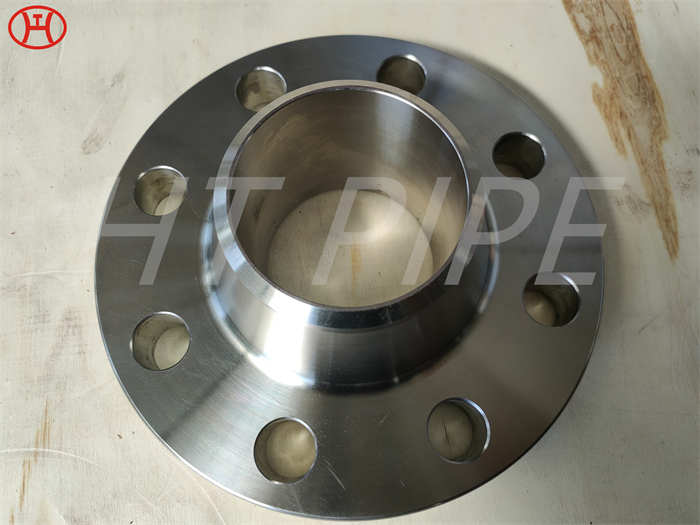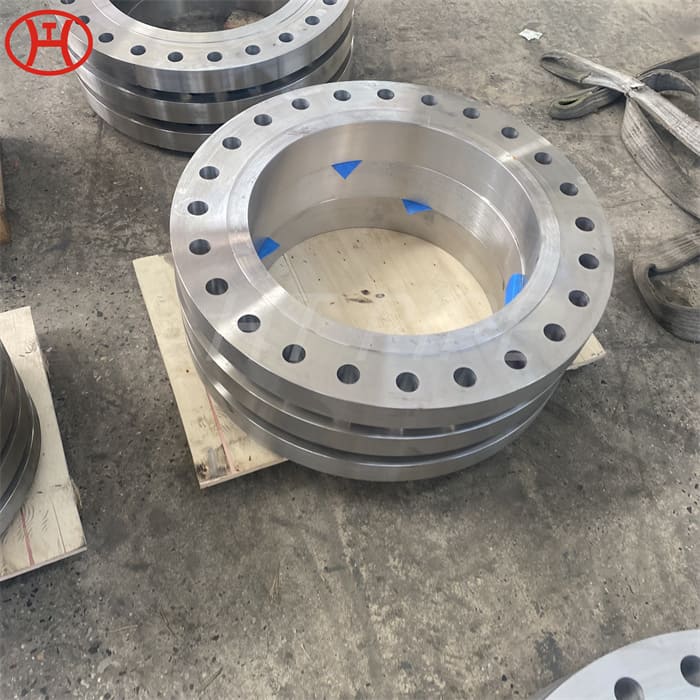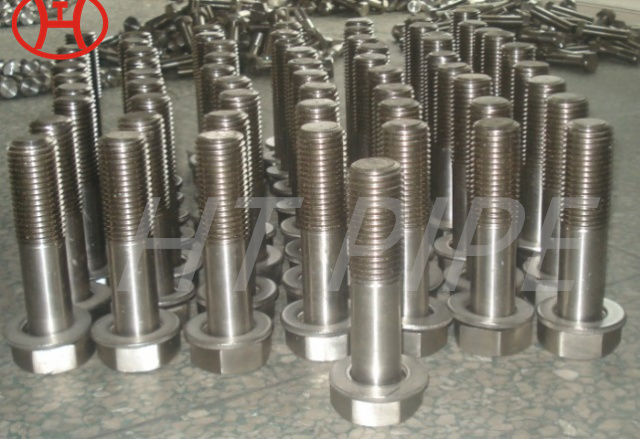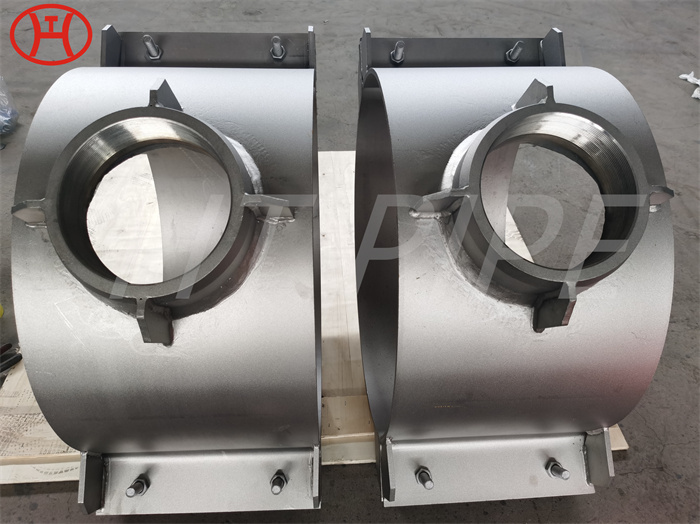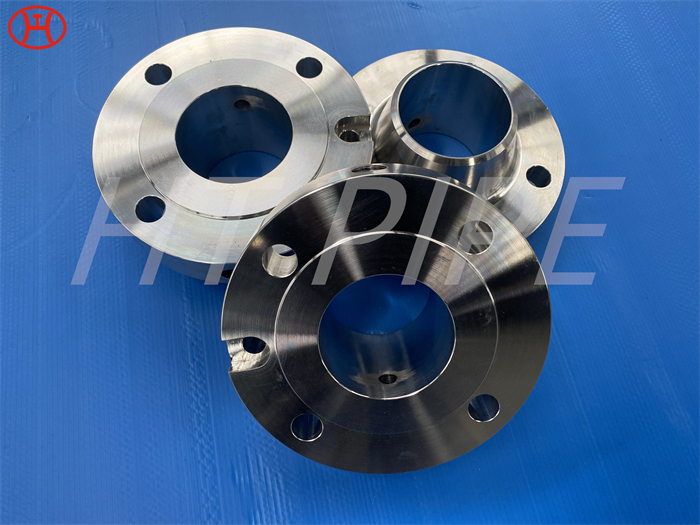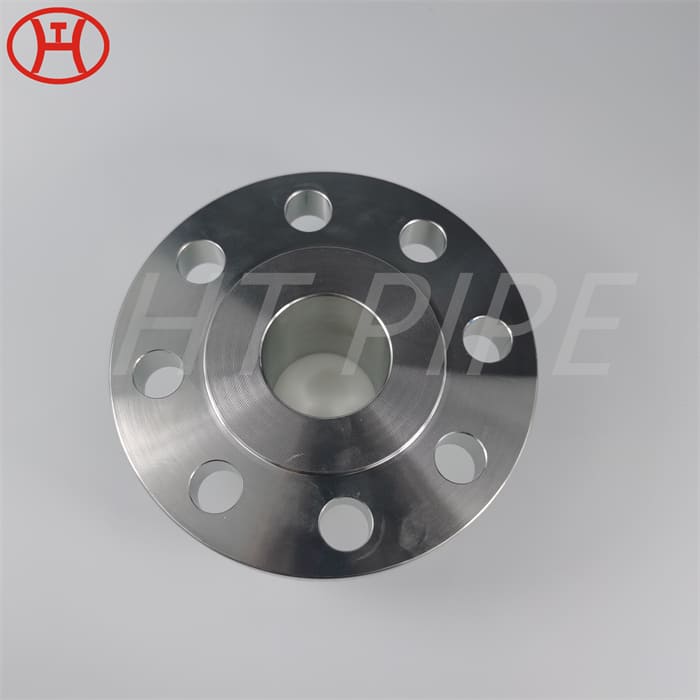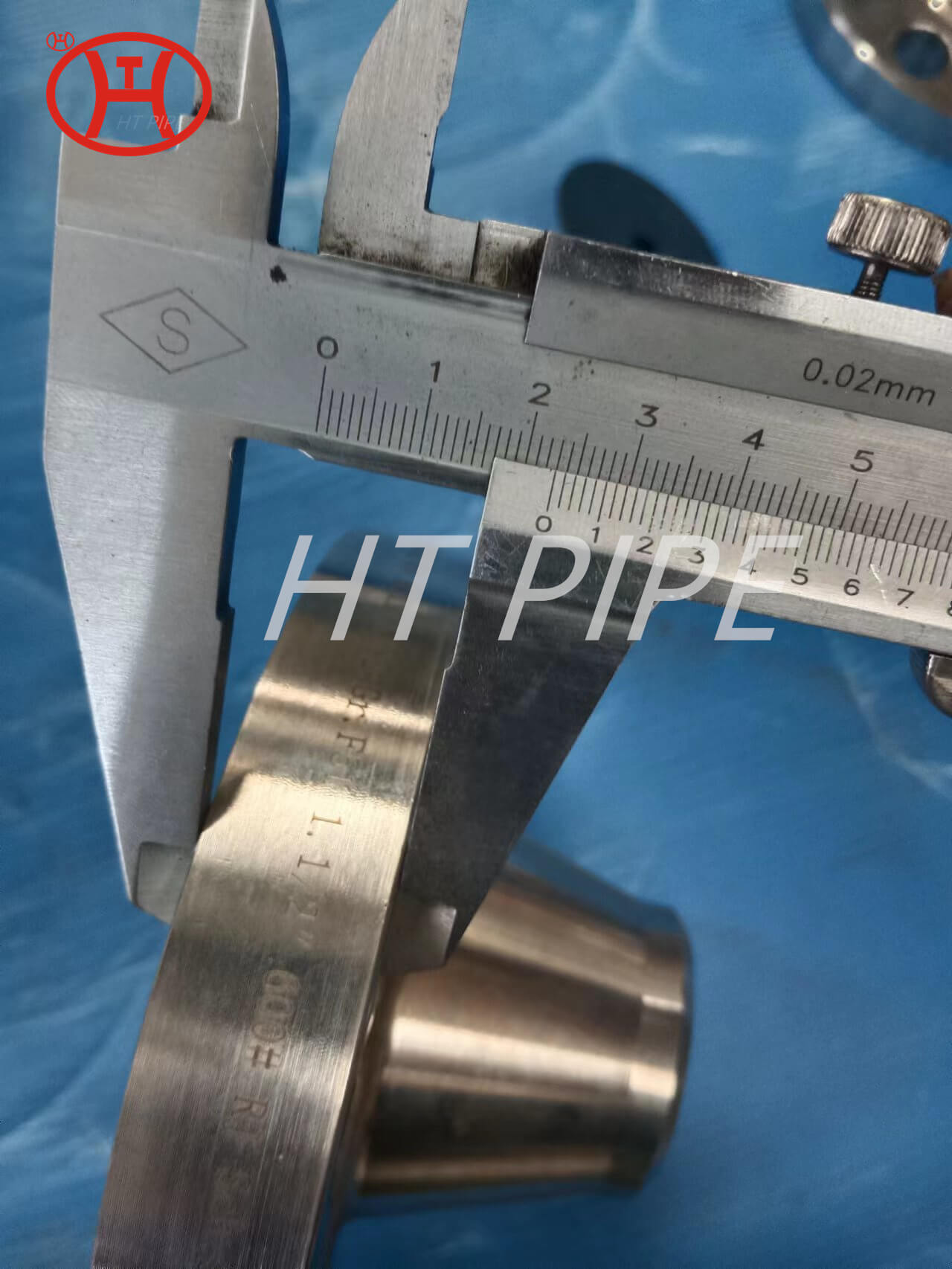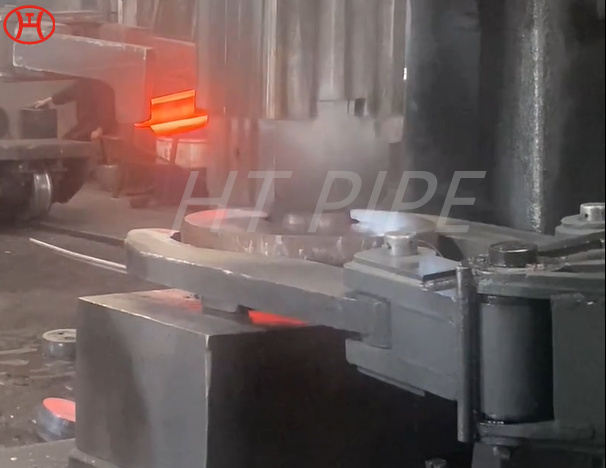
SS 316 Seamless Pipe and ASTM A312 TP316 Welded Pipe Supplier in China
The 316 stainless steel pipe has become an indispensable material for the industrial sector. This alloy of iron and chrome is recognized for its high resistance to corrosion, as well as its durability. 316 stainless steel tubing can be produced in both seamless and welded tubes to meet specific customer needs.
SS 316 Seamless Pipe, ASTM A312 TP316 Welded Pipe Supplier, Stainless Steel 316 Pipe/ Tube, SS 316 Seamless Pipe, Marine grade 316 Stainless Steel Tubing, SA 312 TP 316 Schedule 40 Pipe.
The SS 316 Seamless Pipe has become an indispensable material for the industrial sector. This alloy of iron and chrome is recognized for its high resistance to corrosion, as well as its durability. 316 stainless steel tubing can be produced in both seamless and welded tubes to meet specific customer needs.
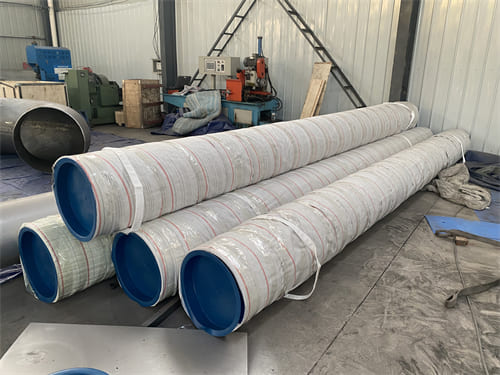
The 316 seamless tube offers greater mechanical resistance than other types of tubing since there are no weak joints between its parts. On the other hand, the 316 welded tube provides a stable and reliable connection thanks to proper metal processing. Also, the ASTM A312 TP316 Welded Pipe has different characteristics such as a high carbon index, low sulfur content and low amount of free oxygen compared to other similar types.
Due to all of these properties, SS 316 Seamless Pipe is ideal where tolerance to extreme heat is required as well as superior chemical resistance and imperviousness to salt water or harmful chemicals; being widely used in industries related to petroleum, natural gas, nuclear medicine and naval engineering among many other advanced technological ramifications.
316 Stainless Steel Pipes Chemical Composition
| Grade | C | Mn | Si | P | S | Cr | Mo | Ni | N | |
| 316 | min. | – | – | – | – | – | 16.0 | 2.0 | 10.0 | – |
| max. | 0.08 | 2.0 | 0.75 | 0.045 | 0.03 | 18.0 | 3.0 | 14.0 | 0.10 | |
Stainless Steel 316 Pipe Mechanical Properties
| Grade | Tensile Strength (MPa) min | Yield Strength 0.2% Proof (MPa) min | Elongation (% in 50mm) min | Hardness | |
| Rockwell B (HR B) max | Brinell (HB) max | ||||
| 316 | 515 | 205 | 40 | 95 | 217 |
















































































































